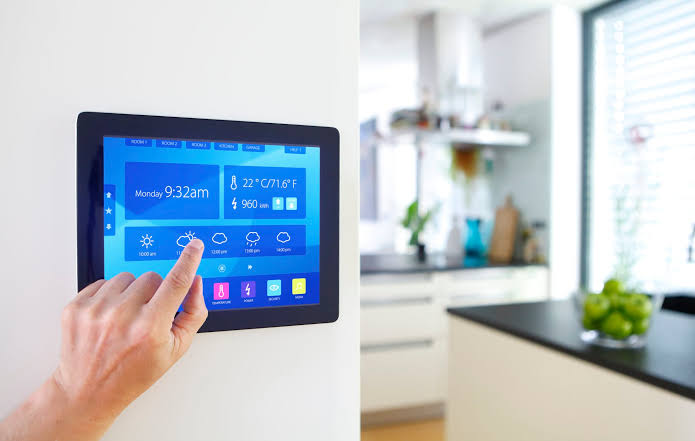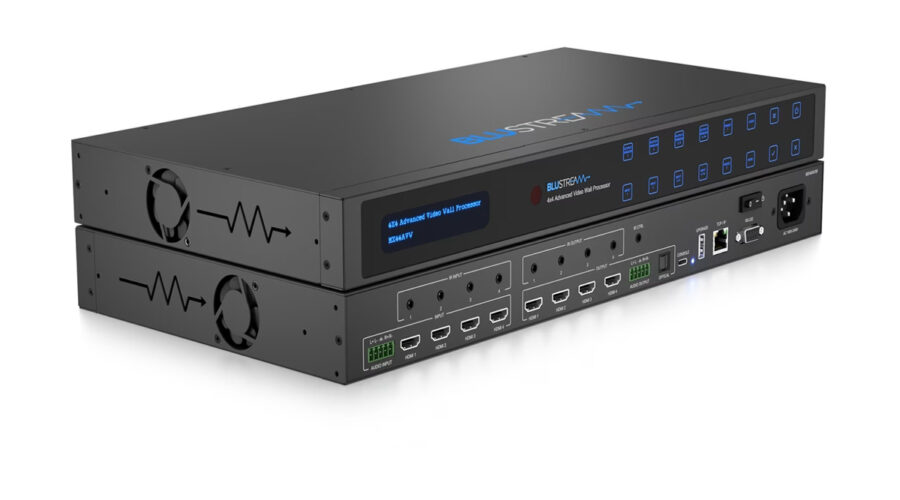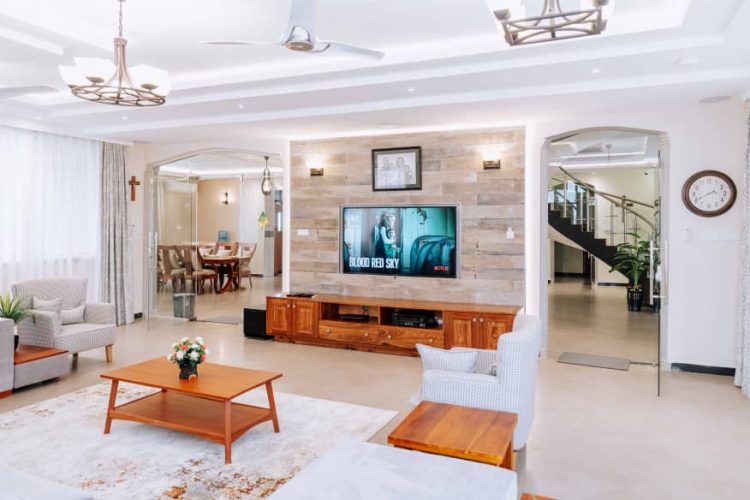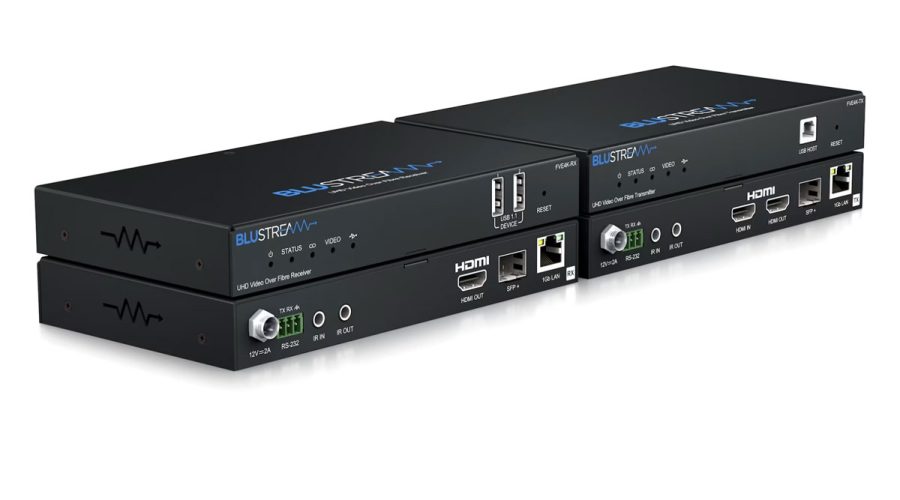Transforming daily routines with smart home technology can make mornings a breeze. Imagine waking up to lights gradually illuminating your living room and kitchen at 5 AM, while your security system disarms for the day.
As the sun rises, shades lift, the thermostat adjusts, and bedside lamps gently brighten to simulate natural light, preparing you to start the day. Smart speakers chime in with calendar updates and weather forecasts, helping you plan ahead.
The magic continues as you step into the bathroom, where motion sensors activate lights and your favorite radio station starts playing if it’s past 6 AM. This synchronized choreography exemplifies the convenience of a smart home setup, where devices can be seamlessly controlled remotely via internet-connected devices like smartphones or tablets.
Smart homes feature a range of connected appliances, from light bulbs and thermostats to doorbells and refrigerators. The key to their intelligence lies in connectivity, enabling remote access, inter-device communication, and automatic updates. This interconnected web of devices forms the foundation of the Internet of Things, enhancing our daily lives with efficiency and automation.
Beyond convenience, smart home systems offer homeowners peace of mind by centralizing control and providing real-time notifications. Whether adjusting temperatures, monitoring security cameras, or managing energy usage, the ability to oversee your home remotely ensures comfort and security even when you’re away.
Investing in smart home technology not only streamlines daily tasks but also leads to long-term cost savings. By optimizing appliance usage and enhancing energy efficiency, homeowners can reduce utility expenses and minimize wastage, making the transition to a smart home a smart financial decision.





